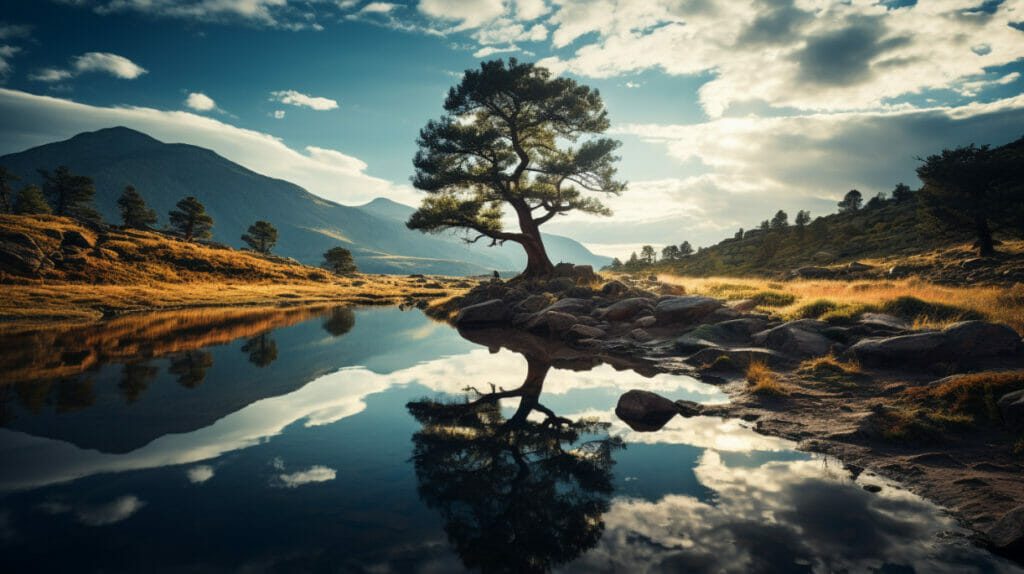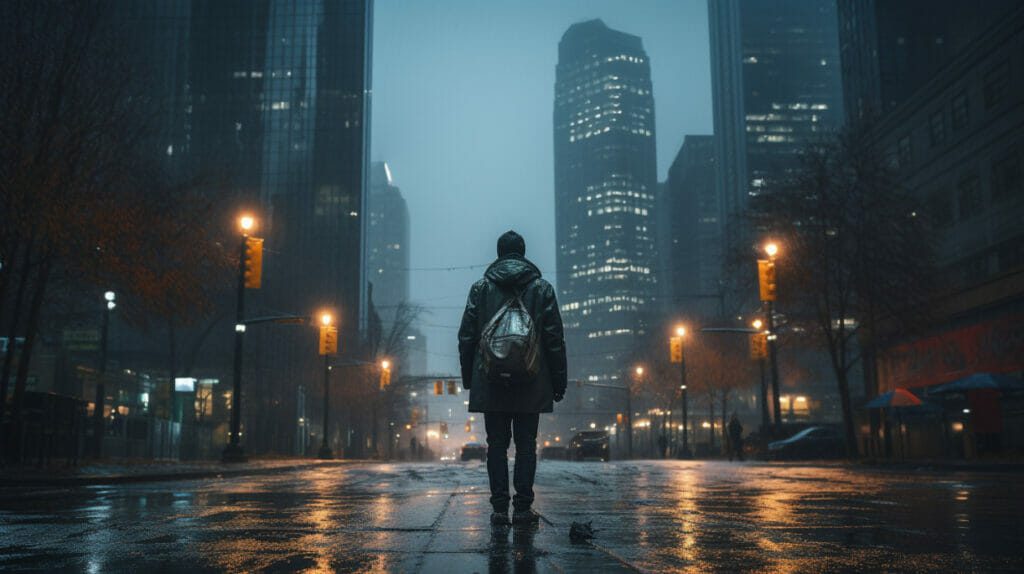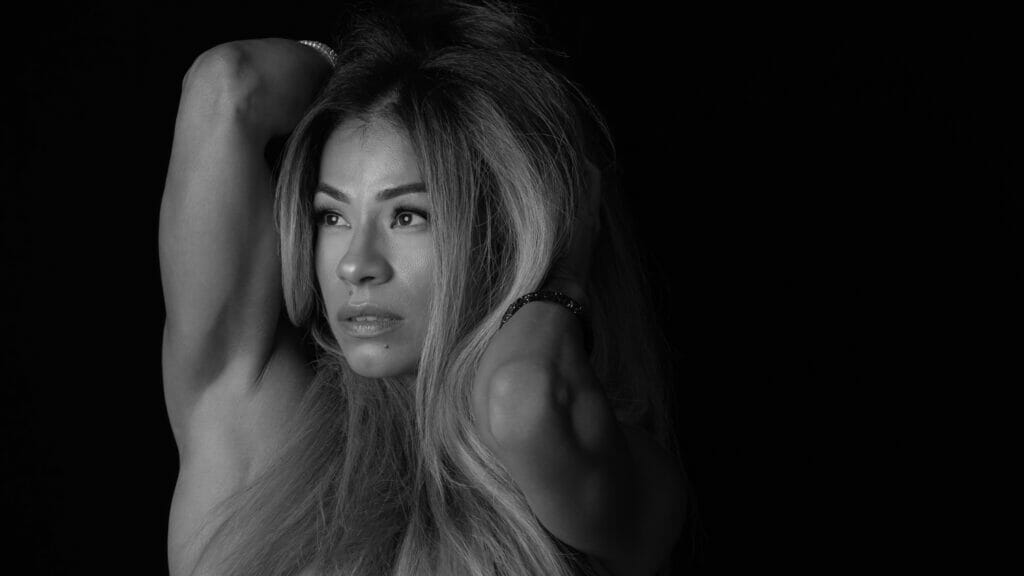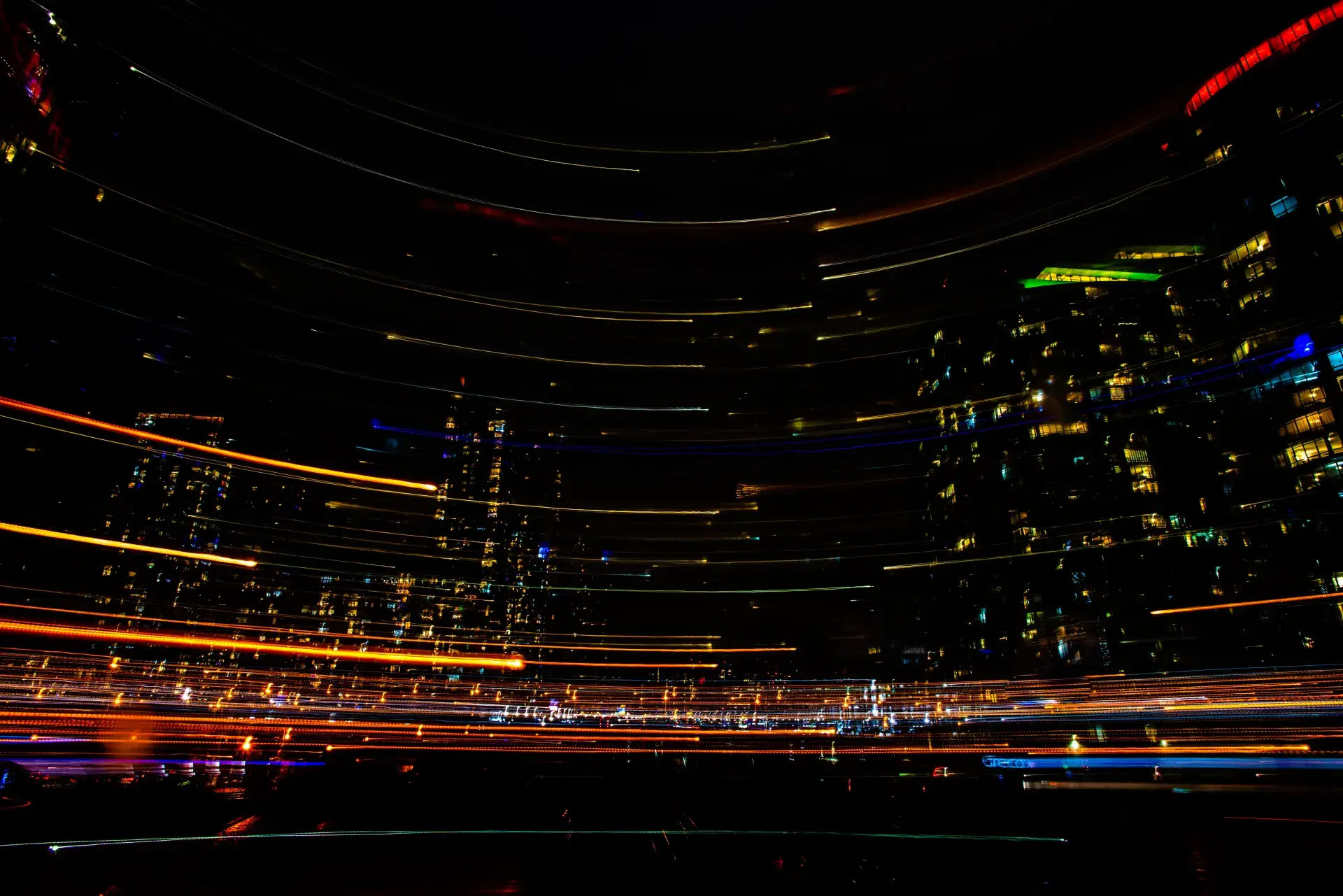Art and Power of Negative space is a concept that can transform your approach to photography. Embracing simplicity, mastering composition, and using post-processing tools can enhance the effect of negative space in your shots, in photography, much like other visual arts, what’s left out can be as meaningful as what’s included. This principle brings us to an engaging and frequently underused technique: negative space. Far from being simply “empty” or “background,” negative space has the potential to transform your photographs, adding depth, balance, and context to your main subject.

Caption: An example of utilizing negative space in photography
Understanding the Power of Negative Space
Negative space, a compelling concept in the realm of visual arts, plays an important role in framing and elevating the main subject of an image, a technique that is quite applicable to the field of photography. But what is it exactly? It’s the area that surrounds the main subject, also known as positive space. While often overlooked, this artistic component can be used to create photos that captivate and linger in the mind of the viewer.
Negative space, contrary to its name, does not denote a less important or ‘negative’ aspect. Instead, it serves to highlight the primary subject, drawing the viewer’s attention to it. It works by reducing the complexity of the scene, adding clarity and making the subject stand out in the frame.
Think of negative space as the canvas that holds and highlights a painting’s subject. It’s there, not as an afterthought, but as an integral part of the overall composition. In fact, its presence often determines the impact of the main subject itself.

The Impact of Negative Space
The power of negative space in a composition can be transformative and multipronged. Here’s how it enhances an image:
- Boosts Visual Interest: Negative space forms a stark contrast with the main subject, piquing the viewer’s interest. It’s akin to the pause between musical notes, creating suspense and drawing the eye towards the subject with increased intrigue2.
- Creates Harmonious Balance: Striking a balance in your composition is pivotal to aesthetic photography, and negative space does just that. It counterbalances the ‘weight’ of your subject, harmonizing the image and ensuring it doesn’t tilt towards visual disarray2.
- Provides Context and Scale: By embodying the surrounding environment, negative space offers a sense of context to your images. It can make large landscapes appear vaster, small subjects appear smaller, or showcase the subject’s relationship with its environment2.
- Evokes Emotion: The utilization of negative space can tap into the viewer’s emotions. Depending on its implementation, it can suggest feelings of solitude, tranquility, or anticipation, allowing the viewer to form a deeper connection with the image2.
As a result, negative space is more than just a passive element in photography; it is an active contributor to the storytelling process. It serves as a silent backdrop for the main subject, allowing it to convey its message more effectively and loudly. The simplicity emphasizes the complexity, the silence emphasizes the sound, and the void emphasizes the existence.
Using Negative Space Effectively
Embracing Simplicity
In the world of photography, the adage “less is more” can often ring true, especially when it comes to leveraging the power of negative space. In a chaotic scene, your subject can easily be drowned out by its surroundings. The potency of simplicity then becomes clear. Hunting for serene, uncluttered backdrops can act as a spotlight, ensuring your subject commands the attention it deserves1.
However, life and nature are not always cooperative, and at times, some degree of background clutter is inevitable. In these instances, the art of photography shines through its adaptive techniques. Consider employing a wider aperture setting. Doing so creates a shallow depth of field, blurring out the unnecessary noise in the background, and redirecting the viewer’s gaze towards your subject. It’s this subtle dance between focus and blur that can truly elevate your composition, allowing your subject to shine amidst the cacophony of life’s beautiful mess.
iPhotography | Negative Space: The Invisible Power Of Nothing ↩
The Significance of Composition

In a world that is constantly in motion, capturing a moment that stands still in time can be a true testament to the power of composition. It’s in these instances where the elements of negative space can elevate a photograph from being merely beautiful to truly captivating.
Take, for instance, image of a rain-soaked evening in downtown Toronto. The male subject stands on the median, gazing down a dual-lane roadway, surrounded by condos set in the lower scene, red traffic lights, and the shimmering, wet roadway.
Despite the numerous elements present in the frame, the image doesn’t feel overwhelming. Instead, the negative space created by the open road, the fading evening light, and the muted palette of the wet cityscape draws your attention to the solitary figure in the center. This powerful use of negative space imparts a sense of solitude, contemplation, and a poignant reflection of city life.
In bustling scenes like these, the subject often risks being swallowed by the surroundings. However, by finding a relatively simple, uncluttered backdrop, the subject can assert its presence. If eliminating background noise entirely is impossible, consider using a larger aperture setting to blur the background and bring your subject back into sharp focus. This technique allows the viewer to distinguish the subject from its surroundings while maintaining the overall atmosphere of the scene.
In summary, the relationship between the subject and the surrounding negative space is what shapes the viewer’s experience and understanding of an image. While the subject tells the story, the negative space sets the mood and context, ultimately determining how that story is perceived. Whether you’re shooting in a studio or capturing the essence of a cityscape, always bear in mind the interplay of these elements in your composition. After all, it’s this harmony that transforms a photograph into a piece of art.
The Role of Post-Processing
Post-processing is an integral part of photography. It’s where we put the finishing touches on our images, allowing us to express our artistic vision. When it comes to negative space, post-processing tools can be used effectively to highlight or even create this important element.
Consider a photograph where the subject, a model, is positioned to the left of the frame, leaving a vast expanse of dark, empty space to the right. This photo seen here is a clear demonstration of the power of negative space. The model’s gaze, aimed at the empty expanse, along with her lit profile, draws the viewer’s eye, yet the ample negative space keeps them from feeling confined or overwhelmed. The negative space allows the viewer to contemplate the image and adds depth and balance to the photograph.

Post-processing tools, like Adobe Lightroom, can dramatically enhance these types of compositions. They can assist in emphasizing the subject and creating more potent negative space. With Lightroom, you can darken, blur, or desaturate elements that might otherwise detract from your subject or the overall atmosphere of the photo. This capability is particularly beneficial when dealing with background ‘noise’ or distractions.
Suppose the negative space in your image isn’t as distinct or impactful as you’d like. In that case, you can use post-processing to adjust the contrast, exposure, and saturation levels, making the negative space more pronounced and the image more potent.
Remember, in photography, sometimes less is more. Negative space, while seemingly simplistic, can create profound and engaging images when harnessed effectively. It’s a concept worth exploring and mastering, particularly with the aid of post-processing tools. As you continue your photography journey, remember to appreciate not only what’s in the frame but also what’s left out of it. That’s the true art of utilizing negative space.
Think Abstract
Negative space can also encourage a more abstract interpretation of a scene. This can free you from traditional compositional norms and allow your creativity to truly shine.
In the end, understanding and effectively utilizing negative space is an art form unto itself. Like all aspects of photography, it takes practice. Remember, negative space isn’t simply “empty” space; it’s a powerful compositional tool that can enhance your images and help communicate your artistic vision more clearly.
Start observing the spaces around your subjects and how they interact with them. Experiment with different compositions and don’t be afraid to break some rules along the way. The beauty of photography lies in the infinite ways we can perceive and capture the world around us.
Next step: Learn how to utilize leading lines in your compositions to further guide your viewer’s eye.
Footnotes
- Adobe: Understanding Negative Space in Photography ↩
- Photography Life: Positive and Negative Space ↩
- Adorama: Negative Space in Photography ↩
Don’t let your vision remain just a vision. Let’s bring it to life through the art of photography. I invite you to explore my gallery where each photograph tells a unique story, crafted with precision, passion, and a deep understanding of the power of negative space. If my work inspires you, and you’re ready to capture your story in a way that’s both meaningful and compelling, reach out to me via my contact page. Let’s work together to turn your vision into a visually stunning reality.







